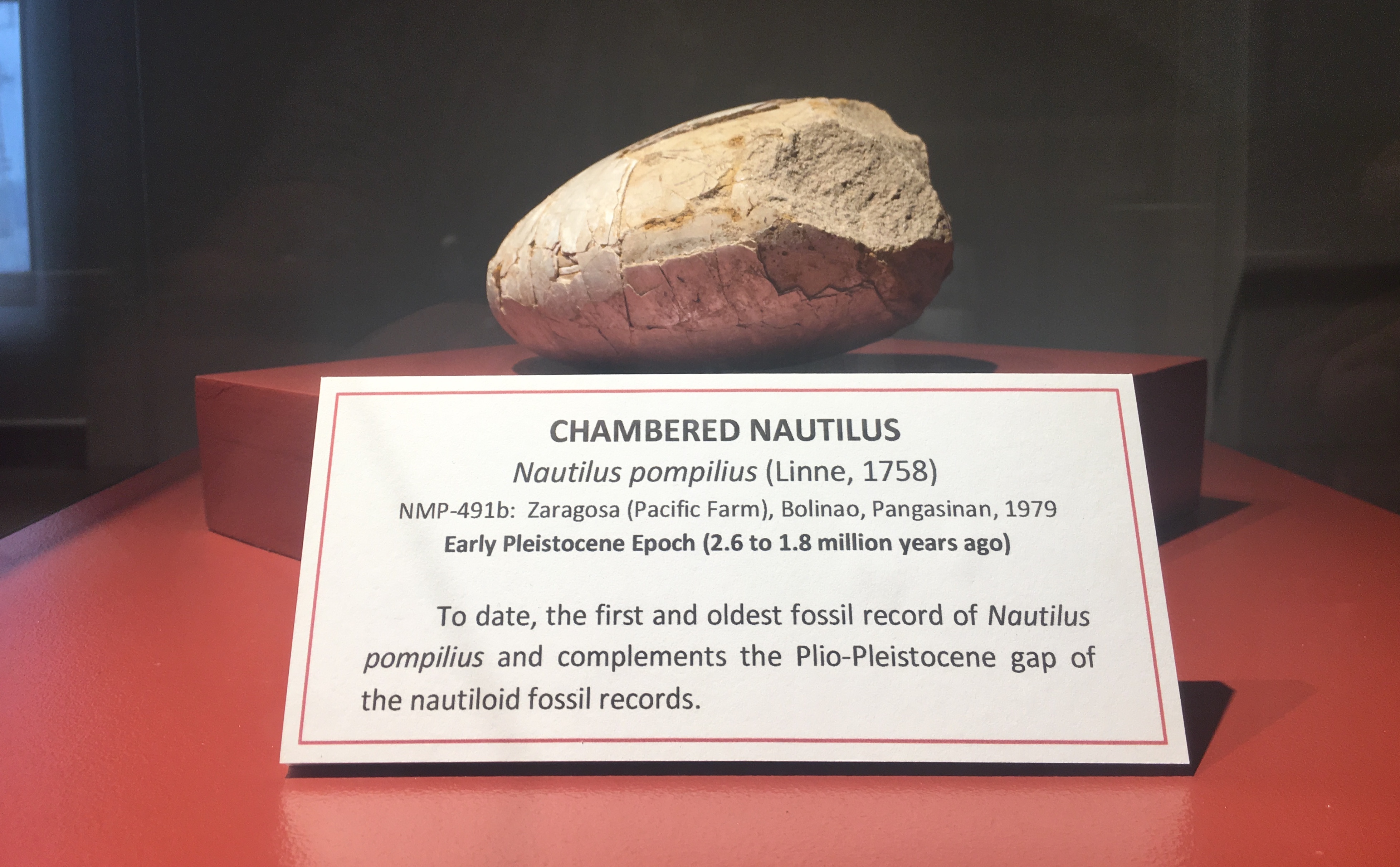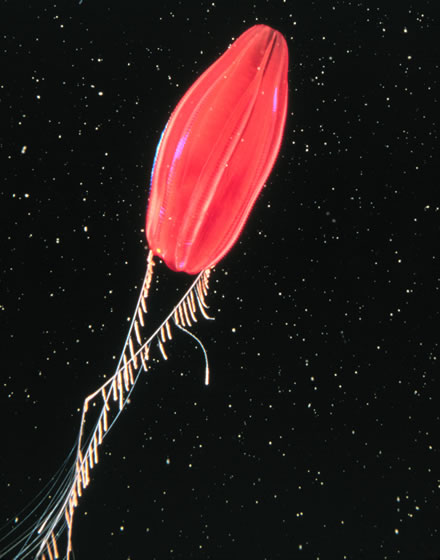|
Spadix (zoology)
In the field of zoology, a spadix ( ; : spadices , ) is a secondary sexual characteristic, secondary sexual organ found in some cephalopods and hydrozoans. In the genus ''Nautilus'', the spadix is a composite erectile organ in the male located in the oral region which is composed of four highly modified tentacles and which is paired with a somewhat smaller antispadix that is also composed of four tentacles. The spadix is normally a concealed organ but quickly becomes distended upon the animal's death. The exact function of the spadix and antispadix in ''Nautilus'' is not yet known. See also *Spadix (botany) References Cephalopod zootomy Sex organs {{Animal-anatomy-stub ... [...More Info...] [...Related Items...] OR: [Wikipedia] [Google] [Baidu] |
Male N Pompilius
Male (Planet symbols, symbol: ♂) is the sex of an organism that produces the gamete (sex cell) known as sperm, which fuses with the larger female gamete, or Egg cell, ovum, in the process of fertilisation. A male organism cannot sexual reproduction, reproduce sexually without access to at least one ovum from a female, but some organisms can reproduce both sexually and Asexual reproduction, asexually. Most male mammals, including male humans, have a Y chromosome, which codes for the production of larger amounts of testosterone to develop male reproductive organs. In humans, the word ''male'' can also be used to refer to gender, in the social sense of gender role or gender identity. Overview The existence of separate sexes has evolved independently at different times and in different lineage (evolution), lineages, an example of convergent evolution. The repeated pattern is sexual reproduction in isogamy, isogamous species with two or more mating types with gametes of identic ... [...More Info...] [...Related Items...] OR: [Wikipedia] [Google] [Baidu] |
Secondary Sexual Characteristic
A secondary sex characteristic is a physical characteristic of an organism that is related to or derived from its sex, but not directly part of its reproductive system. In humans, these characteristics typically start to appear during puberty—and include enlarged breasts and widened hips of females, facial hair and Adam's apples on males, and pubic hair on both. In non-human animals, they can start to appear at sexual maturity—and include, for example, the manes of male lions, the bright facial and rump coloration of male mandrills, and horns in many goats and antelopes. Secondary sex characteristics are particularly evident in the sexual dimorphism, sexually dimorphic phenotypic traits that distinguish the sexes of a species. In evolution, secondary sex characteristics are the product of sexual selection for traits that show fitness (biology), fitness, giving an organism an advantage over its rivals in courtship and in aggression, aggressive interactions. Many characteri ... [...More Info...] [...Related Items...] OR: [Wikipedia] [Google] [Baidu] |
Cephalopod
A cephalopod is any member of the molluscan Taxonomic rank, class Cephalopoda (Greek language, Greek plural , ; "head-feet") such as a squid, octopus, cuttlefish, or nautilus. These exclusively marine animals are characterized by bilateral symmetry, bilateral body symmetry, a prominent head, and a set of cephalopod arm, arms or tentacles (muscular hydrostats) modified from the primitive molluscan foot. Fishers sometimes call cephalopods "inkfish", referring to their common ability to squirt Cephalopod ink, ink. The study of cephalopods is a branch of malacology known as teuthology. Cephalopods became dominant during the Ordovician period, represented by primitive nautiloids. The class now contains two, only distantly related, Extant taxon, extant subclasses: Coleoidea, which includes octopuses, squid, and cuttlefish; and Nautiloidea, represented by ''Nautilus (genus), Nautilus'' and ''Allonautilus''. In the Coleoidea, the molluscan shell has been internalized or is absent, where ... [...More Info...] [...Related Items...] OR: [Wikipedia] [Google] [Baidu] |
Hydrozoa
Hydrozoa (hydrozoans; from Ancient Greek ('; "water") and ('; "animals")) is a taxonomy (biology), taxonomic class (biology), class of individually very small, predatory animals, some solitary and some colonial, most of which inhabit saline water. The colony (biology), colonies of the colonial species can be large, and in some cases the specialized individual animals cannot survive outside the colony. A few genus, genera within this class live in freshwater ecosystem, freshwater habitats. Hydrozoans are related to jellyfish and corals, which also belong to the phylum (biology), phylum Cnidaria. Some examples of hydrozoans are the freshwater jelly (''Craspedacusta sowerbyi''), freshwater polyps (''Hydra (genus), Hydra''), ''Obelia'', Portuguese man o' war (''Physalia physalis''), chondrophores (Porpitidae), and pink-hearted hydroids (''Tubularia''). Anatomy Most hydrozoan species include both a polyp (zoology), polypoid and a medusa (biology), medusoid stage in their Biological ... [...More Info...] [...Related Items...] OR: [Wikipedia] [Google] [Baidu] |
Nautilus
A nautilus (; ) is any of the various species within the cephalopod family Nautilidae. This is the sole extant family of the superfamily Nautilaceae and the suborder Nautilina. It comprises nine living species in two genera, the type genus, type of which is the genus ''Nautilus (genus), Nautilus''. Though it more specifically refers to the species ''chambered nautilus, Nautilus pompilius'', the name chambered nautilus is also used for any of the Nautilidae. All are protected under CITES CITES Appendix II, Appendix II. Depending on species, adult shell diameter is between . The Nautilidae, both extant and extinct, are characterized by involute or more or less convoluted shells that are generally smooth, with compressed or depressed whorl (mollusc), whorl sections, straight to sinuous Suture (anatomy), sutures, and a tubular, generally central siphuncle.Kümmel, B. 1964. Nautiloidae-Nautilida, in the Treatise on Invertebrate Paleontology, Geological Society of America and Univ of ... [...More Info...] [...Related Items...] OR: [Wikipedia] [Google] [Baidu] |
Erectile
Erectile tissue is tissue in the body with numerous vascular spaces, or cavernous tissue, that may become engorged with blood. However, tissue that is devoid of or otherwise lacking erectile tissue (such as the labia minora, vestibule, vagina and urethra) may also be described as engorging with blood, often with regard to sexual arousal. In sex organs Erectile tissue exists in external genitals such as the corpora cavernosa of the penis and their homologs in the clitoris, also called the corpora cavernosa. During penile or clitoral erection, the corpora cavernosa will become engorged with arterial blood, a process called '' tumescence''.Chapter 35 in: This may result from any of various physiological stimuli which can be internal or external. This process of stimulation, due to internal or external stimuli, is also known as sexual arousal. The corpus spongiosum is a single tubular structure located just below the corpora cavernosa in males. This may also become slightly ... [...More Info...] [...Related Items...] OR: [Wikipedia] [Google] [Baidu] |
Tentacles
In zoology, a tentacle is a flexible, mobile, and elongated organ present in some species of animals, most of them invertebrates. In animal anatomy, tentacles usually occur in one or more pairs. Anatomically, the tentacles of animals work mainly like muscular hydrostats. Most forms of tentacles are used for grasping and feeding. Many are sensory organs, variously receptive to touch, vision, or to the smell or taste of particular foods or threats. Examples of such tentacles are the eyestalks of various kinds of snails. Some kinds of tentacles have both sensory and manipulatory functions. A tentacle is similar to a cirrus, but a cirrus is an organ that usually lacks the tentacle's strength, size, flexibility, or sensitivity. A nautilus has cirri, but a squid has tentacles. Invertebrates Molluscs Many molluscs have tentacles of one form or another. The most familiar are those of the pulmonate land snails, which usually have two sets of tentacles on the head: when exte ... [...More Info...] [...Related Items...] OR: [Wikipedia] [Google] [Baidu] |
Spadix (botany)
In botany, a spadix ( ; : spadices , ) is a type of inflorescence having small flowers borne on a fleshy stem. Spadices are typical of the family Araceae, the arums or aroids. The spadix is typically surrounded by a leaf-like curved bract known as a spathe. For example, the "flower" of the well known ''Anthurium'' spp. is a typical spadix with a large colorful spathe. In this type of inflorescence, the Peduncle (botany), peduncle is thick, long and fleshy, having small sessile unisexual flowers covered with one or more large green or colourful Bract, bracts (spathe). Spadix inflorescence is found in colocasia, Araceae, aroids, maize and Arecaceae, palms (palms have compound spadix). Plant sexuality, Monoecious aroids have unisexual male and female flowers on the same individual and the spadix is usually organized with female flowers towards the bottom and male flowers towards the top. Typically, the Stigma (botany), stigmas are no longer receptive when pollen is released which ... [...More Info...] [...Related Items...] OR: [Wikipedia] [Google] [Baidu] |
Cephalopod Zootomy
A cephalopod is any member of the molluscan class Cephalopoda (Greek plural , ; "head-feet") such as a squid, octopus, cuttlefish, or nautilus. These exclusively marine animals are characterized by bilateral body symmetry, a prominent head, and a set of arms or tentacles ( muscular hydrostats) modified from the primitive molluscan foot. Fishers sometimes call cephalopods "inkfish", referring to their common ability to squirt ink. The study of cephalopods is a branch of malacology known as teuthology. Cephalopods became dominant during the Ordovician period, represented by primitive nautiloids. The class now contains two, only distantly related, extant subclasses: Coleoidea, which includes octopuses, squid, and cuttlefish; and Nautiloidea, represented by ''Nautilus'' and ''Allonautilus''. In the Coleoidea, the molluscan shell has been internalized or is absent, whereas in the Nautiloidea, the external shell remains. About 800 living species of cephalopods have been identified. ... [...More Info...] [...Related Items...] OR: [Wikipedia] [Google] [Baidu] |






